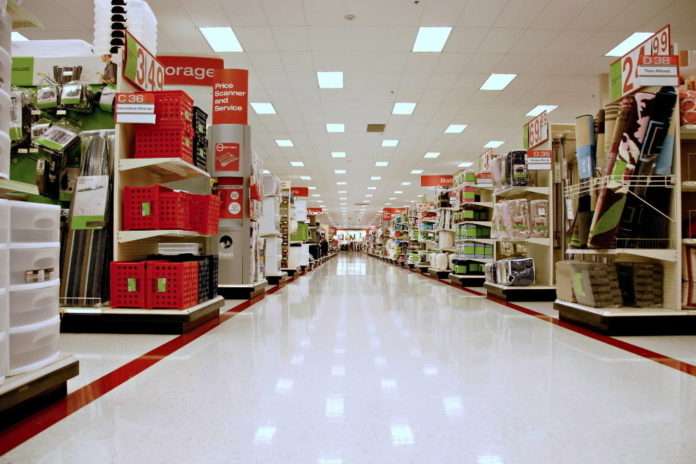
WASHINGTON – Consumer spending in the U.S. stalled in May as slower job gains and a lack of wage growth prompted Americans to cut back.
Purchases were unchanged, the weakest since November, after a 0.1 percent rise the prior month that was smaller than initially reported, Commerce Department figures showed today in Washington. The median estimate of 75 economists surveyed by Bloomberg News called for no change in so-called nominal sales.
Merchants from CarMax Inc. to Red Robin Gourmet Burgers Inc. are feeling the pinch of restrained household incomes as the jobless rate exceeds 8 percent for 40 straight months. While gasoline prices are less of a burden on Americans, the absence of bigger employment gains will make it tough for spending and the expansion to accelerate.
“We’ve seen pretty slow labor income growth that’s going to be a headwind to consumer spending,” Michael Feroli, chief U.S. economist at JPMorgan Chase & Co. in New York, said before the report. “In the short run, you’re getting some support from falling gas prices, but that’s a temporary thing, and, longer run, you’re going to need to see a pickup in job growth.”
Projections for spending ranged from declines of 0.3 percent to increases of 0.3 percent. The Commerce Department revised the April spending figure from a previously reported 0.3 percent gain.
Incomes climbed 0.2 percent for a second month in May, matching the median projection in the Bloomberg survey. The figure was boosted by rental and proprietors’ incomes. Wages and salaries were unchanged in May, the weakest in six months, after a 0.1 percent rise.
Inflation-adjusted
Adjusting consumer spending for inflation, which renders the figure used to calculate gross domestic product, purchases rose 0.1 percent for a second month.
Inflation-adjusted spending on durable goods, including automobiles, decreased 0.4 percent in May after a 0.1 percent drop. Outlays for non-durable goods, which include gasoline, rose 0.3 percent last month.
An early indicator of spending by consumers, retail sales fell in May for a second month, Commerce Department figures showed June 13. Purchases excluding automobiles slumped by the most in two years.
Cooling demand coincides with a weakening of the labor market. Companies added 82,000 workers to payrolls last month, the fewest since August. Next week, the Labor Department may report private payrolls rose by about 100,000 in June, completing the weakest quarter for the job market since January-March 2010, according to the Bloomberg survey median.
First quarter
A report yesterday showed the economy expanded at a revised 1.9 percent annual rate in the first quarter, underpinned by a gain in consumer spending that’s showing signs of fading. Household purchases rose at a 2.5 percent annual pace compared with a previously reported 2.7 percent gain. The prior quarter’s rise was 2.1 percent.
Consumers have had to rely on savings to boost spending as income growth slowed. Today’s income report showed the savings rate rose to 3.9 percent from 3.7 percent, a sign consumers may be working to restore depleted accounts.
“The casual dining industry started off strongly in January, February and then hit some major headwinds,” Stephen Carley, chief executive officer of Red Robin Gourmet Burgers, said during an investor conference on June 19. “That reflects both consumer confidence being at risk and the fact that discretionary income is down for consumers. Unemployment continues to be a tremendous damper.”
Auto sales
Households may also be growing wary of buying big-ticket items like vehicles. Cars and light trucks sold at a 13.7 million annual rate in May, the slowest this year and down from April’s 14.4 million pace, Ward’s Automotive Group data show.
“The weak economy and high unemployment rate continues to be a drag on the consumer,” Thomas Folliard, chief executive officer at CarMax, a Richmond, Va.-based used-vehicle retailer, said on a conference call with analysts on June 21.
Fuel prices on the decline may be a lone bright spot for consumers. The cost of a gallon of gasoline at the pump has fallen 57 cents to $3.37 after reaching a high in early April, according to AAA, the largest U.S. auto group.
A measure of prices tied to consumer spending advanced 1.5 percent in May from the same month a year earlier, the smallest gain since January 2011 and below the Federal Reserve’s long-run goal of 2 percent. The price gauge excluding food and energy costs, increased 1.8 percent.












